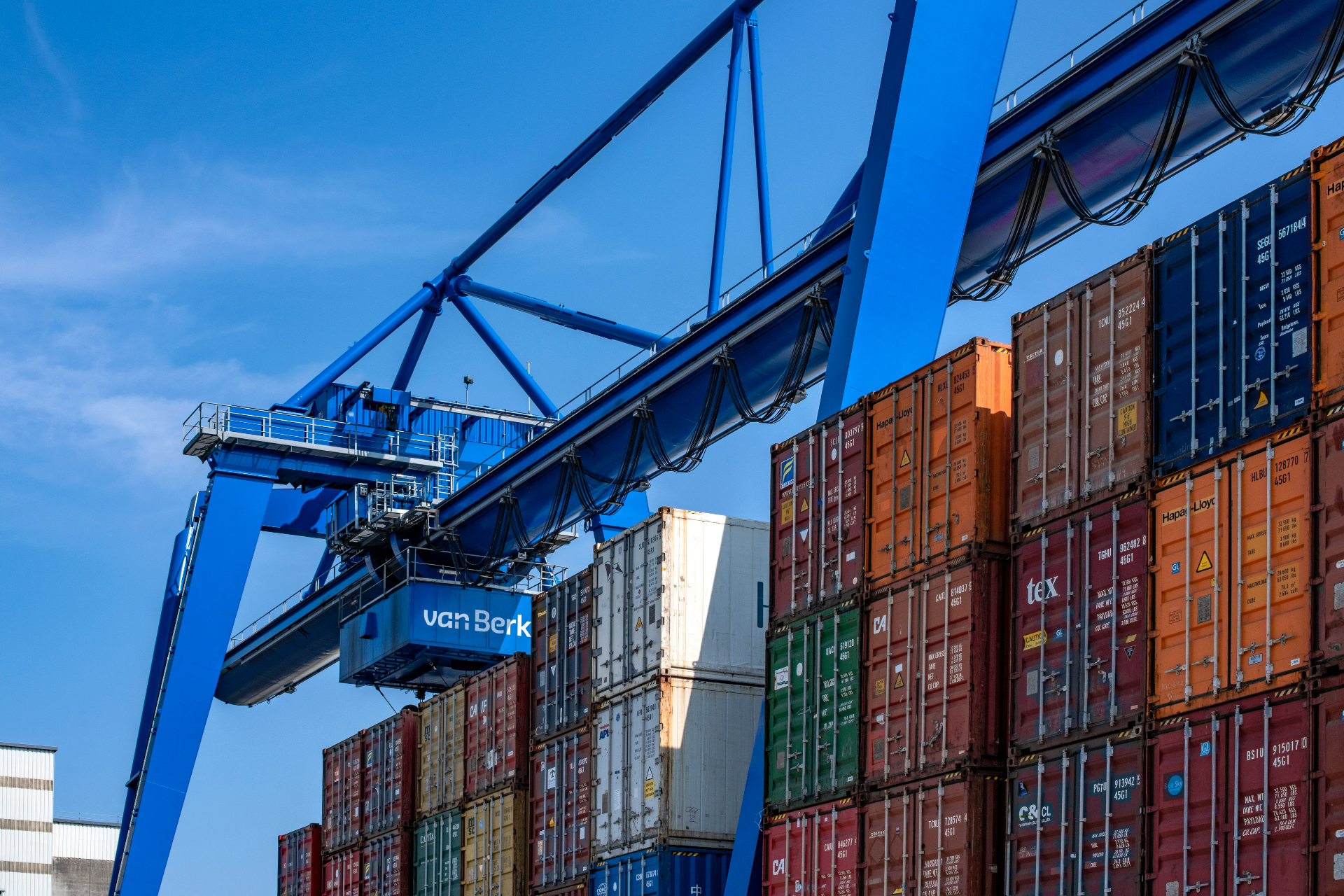Overcoming market entry barriers involves understanding and navigating regulatory constraints, adapting to cultural differences, differentiating from competition, addressing language barriers, establishing local presence or networks, and managing financial challenges. A strategic and well-prepared approach can help businesses successfully penetrate foreign markets.
When entering foreign markets, businesses inevitably encounter a variety of market entry barriers. These obstacles can take the form of regulatory hurdles, cultural differences, stiff competition, and more. Overcoming these barriers requires strategic planning and adaptive tactics.
Regulatory barriers, such as import tariffs, licensing requirements, and local regulations, can be formidable obstacles. Overcoming these barriers often involves extensive research to understand the requirements, hiring local legal expertise, or even seeking government assistance programs that support export activities.
Cultural differences can be another significant challenge. To overcome this barrier, businesses must invest in understanding the local culture, preferences, and buying behavior. This can be accomplished through market research, hiring local talent, or forming partnerships with local entities.
When facing intense competition in a foreign market, a business may need to differentiate its offerings. This could mean developing unique features, focusing on superior quality, or competitive pricing. A comprehensive competitor analysis can help in understanding the competitive landscape and devising an effective differentiation strategy.
Language can also pose a barrier. Overcoming this requires translating product information, marketing materials, and customer support into the local language. Employing local staff or services can assist in overcoming language obstacles.
Another obstacle might be the lack of a local presence or network. Building relationships with local partners, such as distributors or retailers, can provide valuable market access and insight. Alternatively, online platforms could offer a way to reach customers directly.
Financial challenges are common in foreign market entry as well. Export financing, investment from partners, or support from government trade agencies can help mitigate these issues.
In essence, overcoming market entry barriers requires understanding the nature of these obstacles and devising strategies to counter them. Whether it's dealing with regulatory constraints, cultural differences, competition, language barriers, lack of local presence, or financial issues, a well-prepared approach can significantly increase the chances of successful market entry.
Related Information



















































